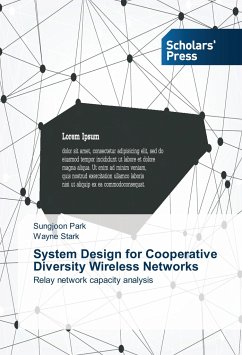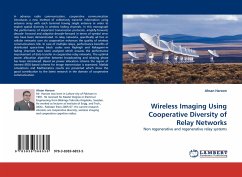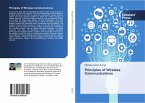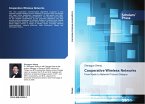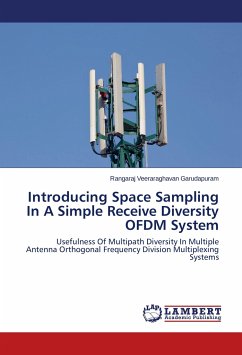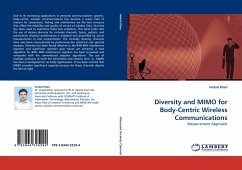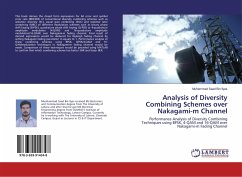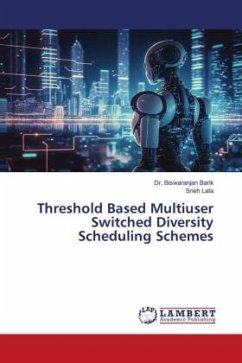Relay communication systems have recently been gaining momentum as an alternative to cellular architectures because of the ability to provide cost-efficient high spectral efficiency communications. The goal of this book is to investigate opportunistic relay communication strategies in various network configurations. We derive the outage probability of opportunistic two-hop multiple relay networks with nodes having single or multiple antennas. The challenge in the analysis of the outage probability are in incorporating realistic channel effects such as path loss, shadowing, and fast fading. We incorporate the channel dynamics in analyzing opportunistic relay selection schemes and determine the optimal selection period. As an extension of a conventional relay network, we explore a buffer-equipped relay network, where the network allows relays to delay transmission and transmit when the channel conditions are favorable. We further consider a spatial reuse multi-hop relay network, and propose a full special reuse multi-hop (FSRM) relay communication scheme, which allows relays to transmit their data using every other time slot.
Bitte wählen Sie Ihr Anliegen aus.
Rechnungen
Retourenschein anfordern
Bestellstatus
Storno

